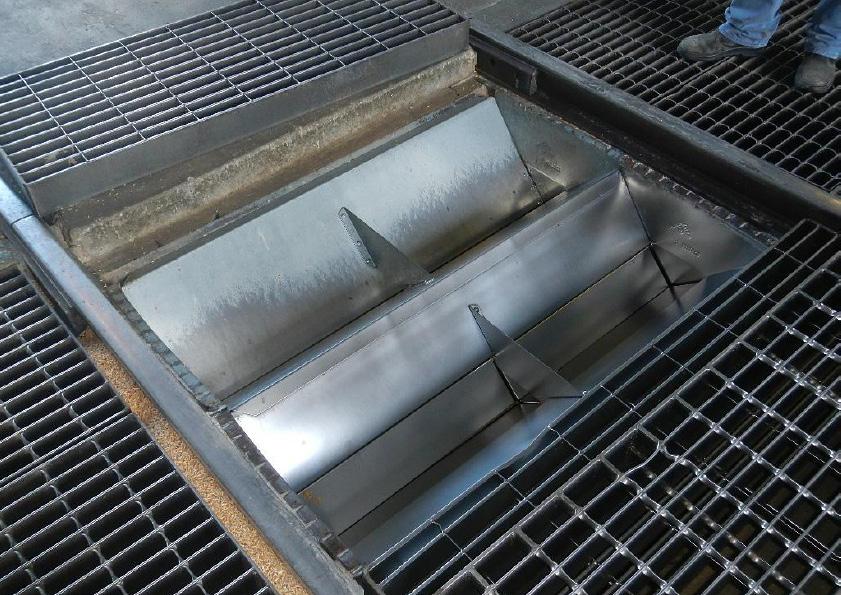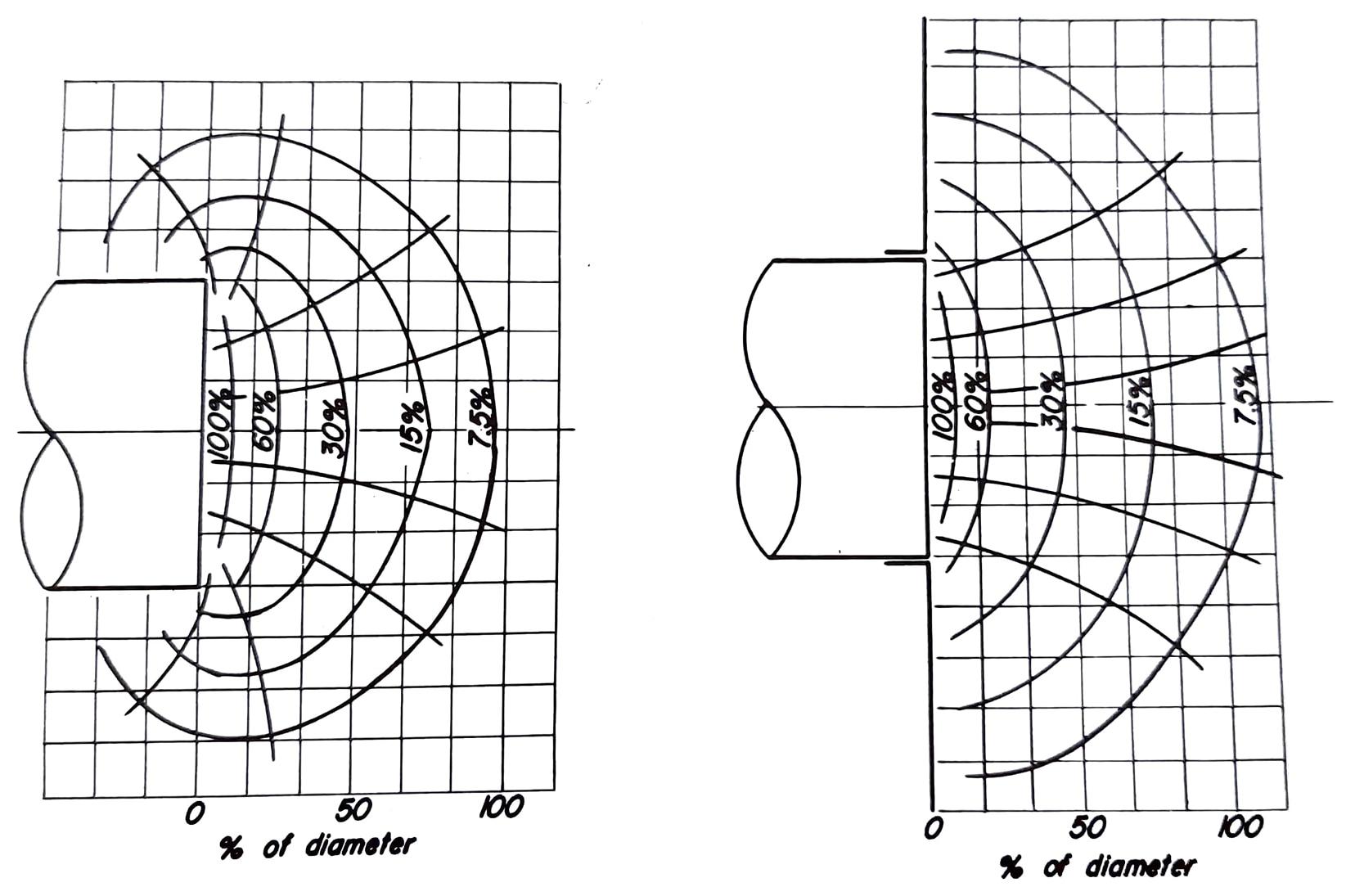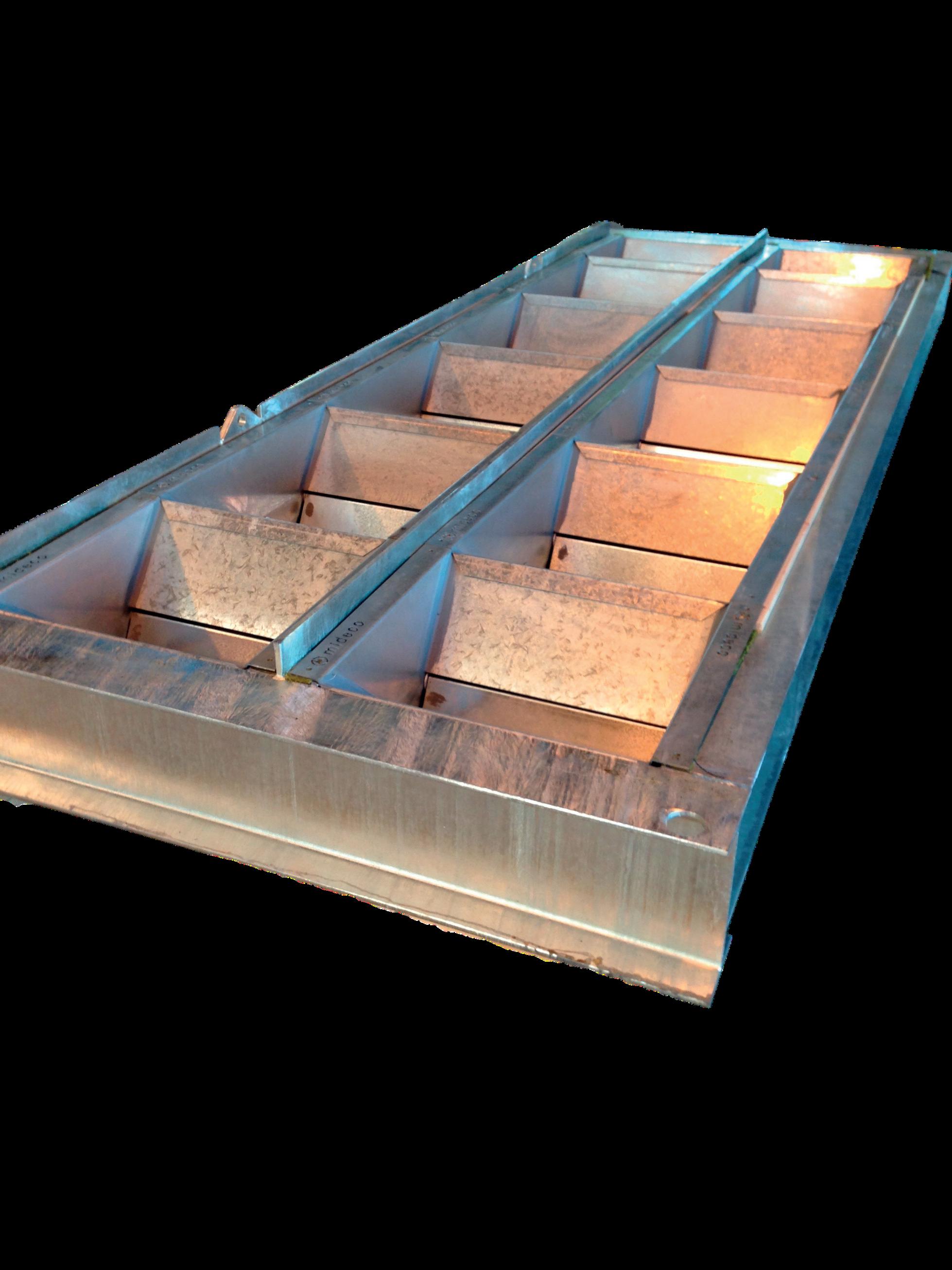
1 minute read
Advice on airborne
Melton White, Mideco, details the first principles of dust management, and explains why plants should change their thinking in order to eliminate airborne dust.
Why do humans continue to compete with nature? Gravity and wind have been part of life on this planet since time immemorial. As industrial operators continue to develop increasingly complex dust management systems, and use more power as they do so, they continually compete with these simple constants.
When observing any flat surface in an uncontrolled environment, dust can be seen laying on top of it.
This is especially the case in cement manufacturing facilities. Alternatively, the underside of a flat surface is often clean in comparison, and in most cases has been for years.
Over the last few decades people have tried to overcome gravity, and on a few occasions have avoided its grasp for short periods of time, but never indefinitely. So why, if gravity is a constant that all humans must contend with, do they continue to fight it?
Dust in the wind
Dust is always carried by air, and then settles. In most cases within the industry its movement is accelerated as a result of air being displaced. As air is lighter than any product or raw material associated with cement manufacture, when the product is processed it displaces the air, which is carrying dust. This dust remains above the process in the atmosphere for short periods of time, but by virtue of gravity, it will settle in time. Why then, do plants install extraction hoods above their machines?
Embracing the inevitable
If dust is going to fall, operators should use this inevitability to their advantage and extract air from below, which would have the result of drawing dust away from the process and not through it.
Dust extraction poses numerous challenges, two of which are that what may feel like a small amount of wind is actually a very powerful force which requires a significant amount of energy to be overcome, and that the extraction














